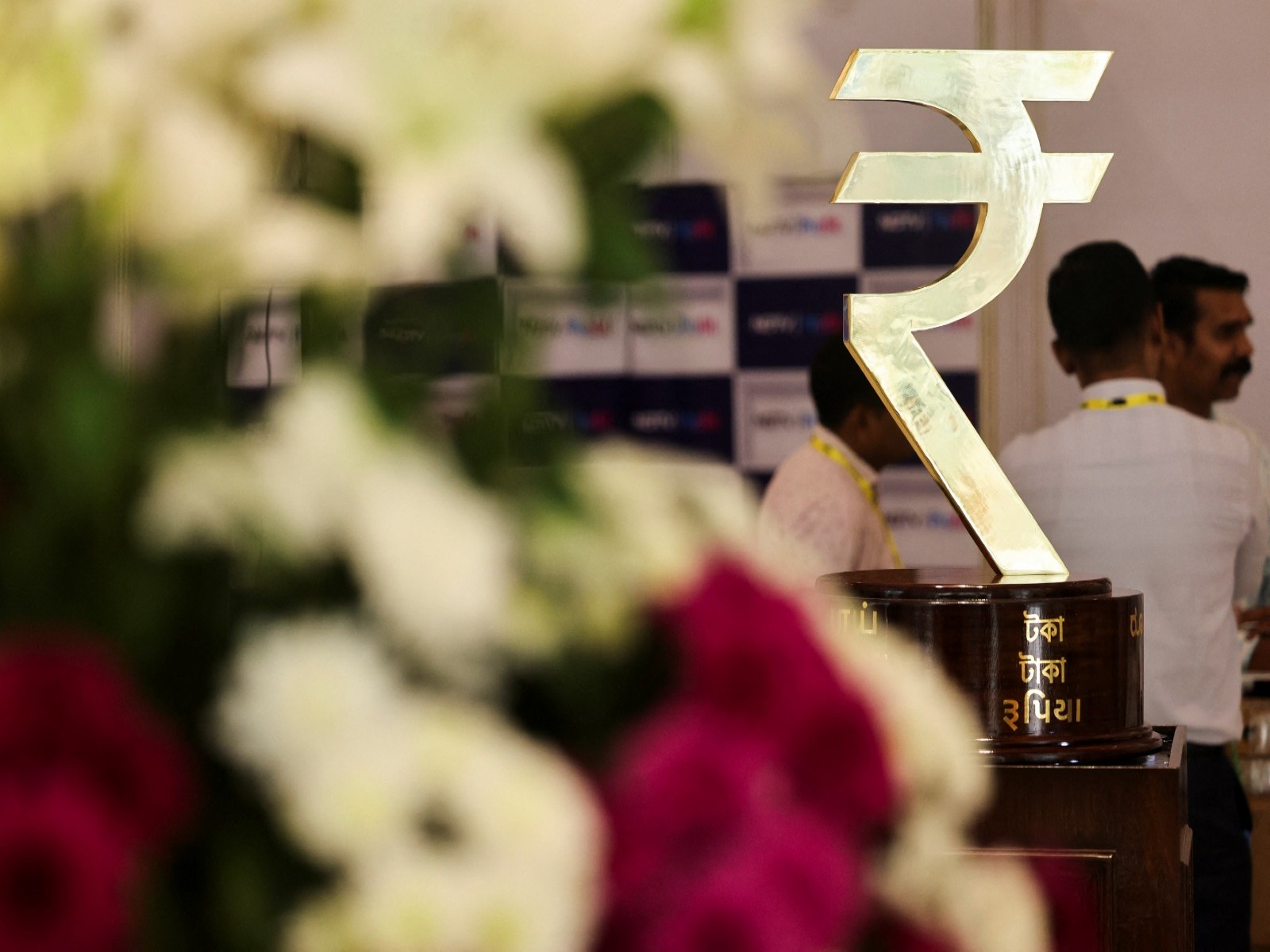Here's what analysts and experts have to say about RBI's monetary policy
Feb 08, 2023

Mumbai (Maharashtra) [India], February 8 : The Monetary Policy Committee (MPC) of the RBI decided to raise the repo rate, the rate at which the RBI lends money to all commercial banks, by 25 basis points to 6.5 per cent.
The RBI governor Shaktikanta Das, making the announcement of the just concluded three-day monetary policy committee meeting, said the commitee was of the view that further calibrated monetary policy action is warranted to keep inflation expectations anchored, break the persistence of core inflation, and strengthen the medium-term growth prospects.
Also, the Reserve Bank of India (RBI) has projected India's real GDP growth to be at 6.4 per cent for the next financial year 2023-24. The GDP projections for Q1, Q2, Q3, and Q4 2023-24 are estimated at 7.8 per cent, 6.2 per cent, 6.0 per cent, and 5.8 per cent, respectively, with risks, evenly balanced.
Further, average retail inflation in India is projected to be at 5.3 during the next financial year 2023-24. The projected inflation, Das said, is based on the assumption of a normal monsoon.
The inflation in Q1 2023-24 is expected at 5.0 per cent, Q2 at 5.4 per cent, Q3 at 5.4 per cent, and Q4 at 5.6 per cent, respectively.
For the current financial year 2022-23, inflation is projected at 6.5 per cent, with an average of 5.7 per cent in the January-March 2023 quarter.
Since May last year, the RBI has increased the short-term lending rate by 250 basis points, including today's, to contain inflation.
Following are some of the excerpts of views from analysts and experts on the RBI's monetary policy meeting outcome:
S Ranganathan, Head of Research at LKP Securities.
As growth remains resilient, the repo rate hike of 25 bps by the RBI was on the expected lines in order to anchor inflation. The hike seems appropriate at this point although food inflation is not easing but is expected to cool down in view of the good Rabi crop.
Veer Trivedi, research analyst at SAMCO Securities
RBI hiking repo rate by 25-bps taking it to 6.5 per cent level was on expected lines. The stance of the MPC was the topic of debate and the markets have a diverse stand on it.
With the government's focus on fiscal consolidation, the MPC was expected to follow suit. Taking into consideration these factors, the MPC's stance of maintaining "Withdrawal of Accommodation" comes in line with our expectations.
Dharmakirti Joshi, Chief Economist at CRISIL
This should be the terminal rate hike in the current monetary tightening cycle based on three factors: one, inflation outlook has improved with positive developments from rabi crop harvest, and lower international commodity prices; two, the Reserve Bank of India would now want to assess the impact of the cumulative hikes of 250 bps effected so far in the fiscal on inflation; and three, central banks globally, too, have started slowing their pace of rate hikes (US) or pausing (Brazil, Chile). Such synchronised monetary policies augur well for global financial stability.
The Monetary Policy Committee of the RBI also seems to derive comfort on the growth front from the capex thrust in the Union Budget for next fiscal.
Mahesh Singhi, Founder and MD of Singhi Advisors (a global M&A advisory firm)
RBI MPC has hiked its benchmark repo rate by 25 bps in line with market expectations but most importantly, has continued its stance at "withdrawal of accommodation", maintaining a hawkish tone.
On the growth front, RBI appears to be relatively optimistic by forecasting GDP growth at 6.4 per cent. It also believes that the global growth environment has slightly improved with the latest global data indicating higher prospects of a soft landing.
Rajani Sinha, Chief Economist at CareEdge
While RBI has hiked the policy interest rate by 25 bps in line with market expectations, they have not indicated an end to rate hiking cycle. Given the uncertain global macro environment and risk of re-emergence of commodity price pressure, it is prudent that the Central Bank has kept the option open for another rate hike if required.
Hence, they have continued with the stance of 'withdrawal of accommodation', while reiterating its concern on sticky core inflation.
Dhiraj Relli, MD and CEO of HDFC Securities
This (rate hike) is despite the fact that the balance of risks has shifted decisively away from inflation to growth both domestically and globally. Resilient high-frequency indicators and continued rate hikes by global central banks could have spurred the MPC action even as headline inflation has shown some signs of moderation.
The monetary policy acts with lags, it may take 3-4 quarters for the policy rate to be transmitted to the real economy, and the peak effect may take as long as 5-6 quarters. Rate hike of 25 bps seems justified on the back of high persistent sticky core inflation - above 6 per cent - to keep inflation expectations anchored.
After frontloaded rate hikes since May 2022, there could be a strong case now to put a brake on monetary tightening. Further rate hikes beyond 6.5 per cent could pose an unwarranted risk to economic growth unless inflationary pressures re-emerge.
Amit Modi, Director, County Group, President CREDAI (WUP)
We understand that despite RBI's sincere efforts, inflation is still a cause of concern, but at the same time millions of first time homebuyers across the country are looking at stability in interest rates, to plan there further course of action while sitting on the edge to decide on their future of home buying process.
The bank's recent hike of 25 basis points will surely help in controlling the inflationary concerns, but we are also looking forward to stable interest regime for a long term period to help millions of first times buyers across the country. In our view the present hike should not cause much concern, as the quantum is still relatively less.
Palka Arora Chopra, Senior Vice President at Master Trust (a listed broking firm)
The Reserve Bank of India's credit policy is in line with expectations, with policy rates raised by 25 basis points and the policy stance remaining unchanged at "Withdrawal of Accommodation." However, there are no signs given by the governor of any pause in upcoming policies.
Banknifty is likely to consolidate in the range of 39800 to 42050. If prices managed to move above the upper range value then the next resistance aligns near 42700, while a decline close to 40200-40000 will attract fresh buying.
Madhavi Arora, Lead Economist at Emkay Global Financial Services
The RBI MPC expectedly increased the policy rate by 25bps with a balanced tone, albeit non-committal and data dependent, partly as inflation is still around the 6 per cent upper tolerance mark, even though it is poised to ease.
We maintain that the RBI would not turn too restrictive but reckon the situation globally is fluid, and macro assessments might require appropriate adjustments ahead from the policy perspective.
The extent of global disruption and disinflation will also remain key to the RBI's reaction function ahead.
Shishir Baijal, Chairman and Managing Director at Knight Frank India
The borrowing costs have significantly increased across the product categories including the housing sector. Post today's rate hike, borrowing costs could be expensive by another 10 - 15 bps, on an immediate basis.
The impact of interest rate hike on the housing sector has been limited. The Knight Frank affordability index has deteriorated marginally by an average 1.4 per cent over the last year. Demand for home loans has remained strong during the last year, as seen in 16 per cent growth in December 2022. We hope that this rate hike will not adversely impact consumer sentiments towards home purchases in the coming financial year.
















